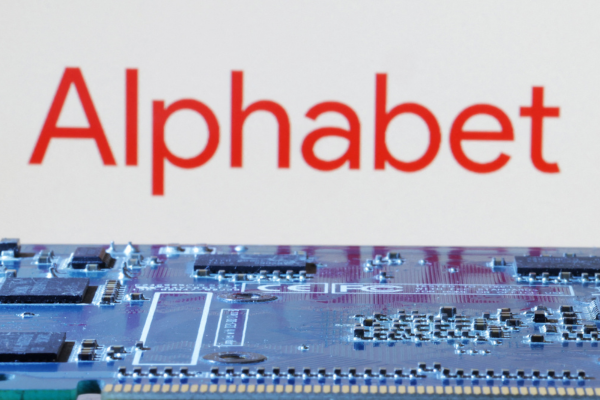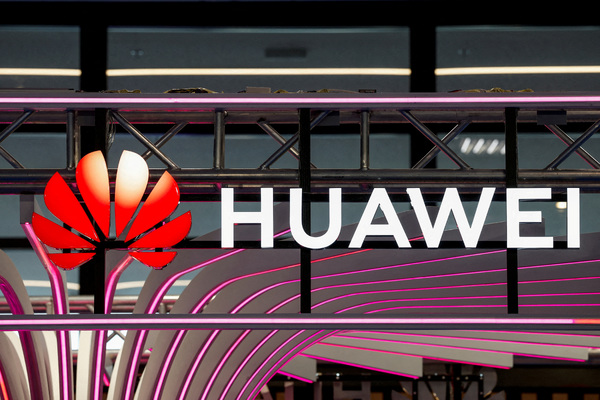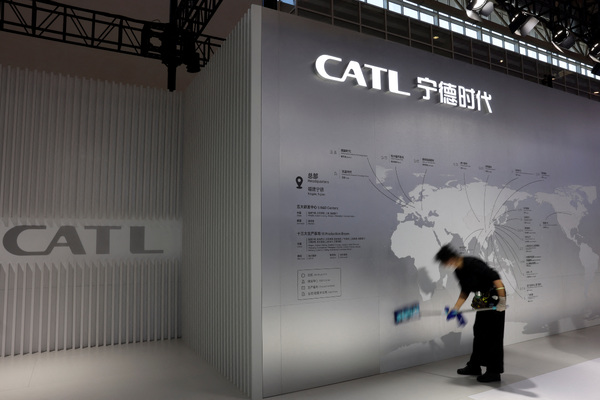DigitalTransformationTalk: What next for your digitised supply chain?
On 12 March 2024, Digital Transformation host Kevin Crane was joined Patrick Strauss, Chief Intelligent Environments Solutions Officer (CIESO), GlobalLogic UK&I; Greg Sloyer, Manufacturing Industry Principal, Snowflake; and Mike Loquercio, Digital Manufacturing Program Manager, Cola-Cola.
Views on news
The three ways that AI is expected to transform supply chains according to an article in trans.info include an increased focus on data reliability and relevance. As source data continues to improve and as multiple sources of data become easier to connect, AI models should become better at predicting future disruptions and empowering companies to act on them. Thirdly, AI in 2024 also has the potential to change and even improve the human experience within the supply chain.
Material Requirements Planning (MRP) systems are much less advanced than AI and MLs but good quality data has been instrumental to their reliable operation too. That said, AI and ML can play a key role in identifying gaps in data quality. In contrast with cutting-edge concepts such as improving AI output with the help of AI, conversations in supply chains remain pretty much the same as they were about five years ago when AI wasn’t part of it yet. The first step of understanding the company’s data and where it sits can’t be skipped, though.
The most dynamically developing area of data analytics is in the consumer behaviour space, where companies try to predict who buys what, when and why. AI will take seconds completing tasks that three data analysts worked on for a week, which will enable the business to replenish, change schedules and move products around to improve customer experience.
Gaining higher visibility in the supply chain
About 20 per cent of the data organisations use are internal (ERP and CRM systems, etc.) The bulk of the remaining 80 per cent of data is on customer experience. It’s important to see how this external data can be integrated into the corporate data system, as well as to see where the gaps are that need to be filled by the business via sensors and IoT systems. The business’s vendor partners have a lot of relevant data in their systems too, which they may be ready to share. Today, there aren’t available end-to-end solutions yet, so companies need to use the services of system integrators to create solutions tailored to their individual needs.
However, there is a number of stubborn barriers to supply chain visibility – the first one being stand-alone ERP systems within the organisation. Visibility can, for example, provide information regarding how suppliers’ product quality can impact the business’s product. Although systems with similar functionalities existed before, the added value of AI is that businesses can do now things at speed and scale.
A lot of work is being done on network optimisation. In some cases, the number of variables is too high – 10s of thousands of them, for example, sensor data coming from the shop floor. Too much data must be answered too quickly for businesses to rely on spreadsheets. In the next phase of development, we are going to see an increasing number of cross-functional use cases.
With the application of ML, forecasts can get more accurate in the supply chain too. Adding easily accessible sources, such as weather data can go a long way too when trying to predict fluctuations in demand. Some companies do have the accurate data but don’t act on it. The maturity of an organisation can be limited to individual areas – one might be mature in its customer-facing functions but behind the curve in terms of IoT applications. And there is also the pivotal area of cyber security, which is top priority when dealing with data – customer or otherwise. Company culture embracing AI applications and change are very important factors too. However, change must come from the top.
The panel’s advice
- You can’t get good decisions out of bad data.
- Whether you must use statistical or machine learning models depends on your use case.
- If you have quality, predictive maintenance and operating data, it can be really useful to run AI on these data sets to see whether and how they correlate.
- New technologies don’t necessary put old companies out of business but forces them to reestablish where they can expect to create value.
- Don’t go to the board pitching your data project as an RoI-driven one, but rather bring use cases and positive examples. But first and foremost, start out with explaining why the company needs AI, ioT or other cutting-edge technologies.
- Build Ai and ML models together with those who have the domain knowledge from business and operations.

Business Reporter Team
Related Articles
Most Viewed
23-29 Hendon Lane, London, N3 1RT
23-29 Hendon Lane, London, N3 1RT
020 8349 4363
© 2024, Lyonsdown Limited. Business Reporter® is a registered trademark of Lyonsdown Ltd. VAT registration number: 830519543
Join the Business Reporter community today and get access to all our newsletters, and our full library of talk show episodes
Join the Business Reporter community today and get access to all our newsletters, and our full library of talk show episodes





